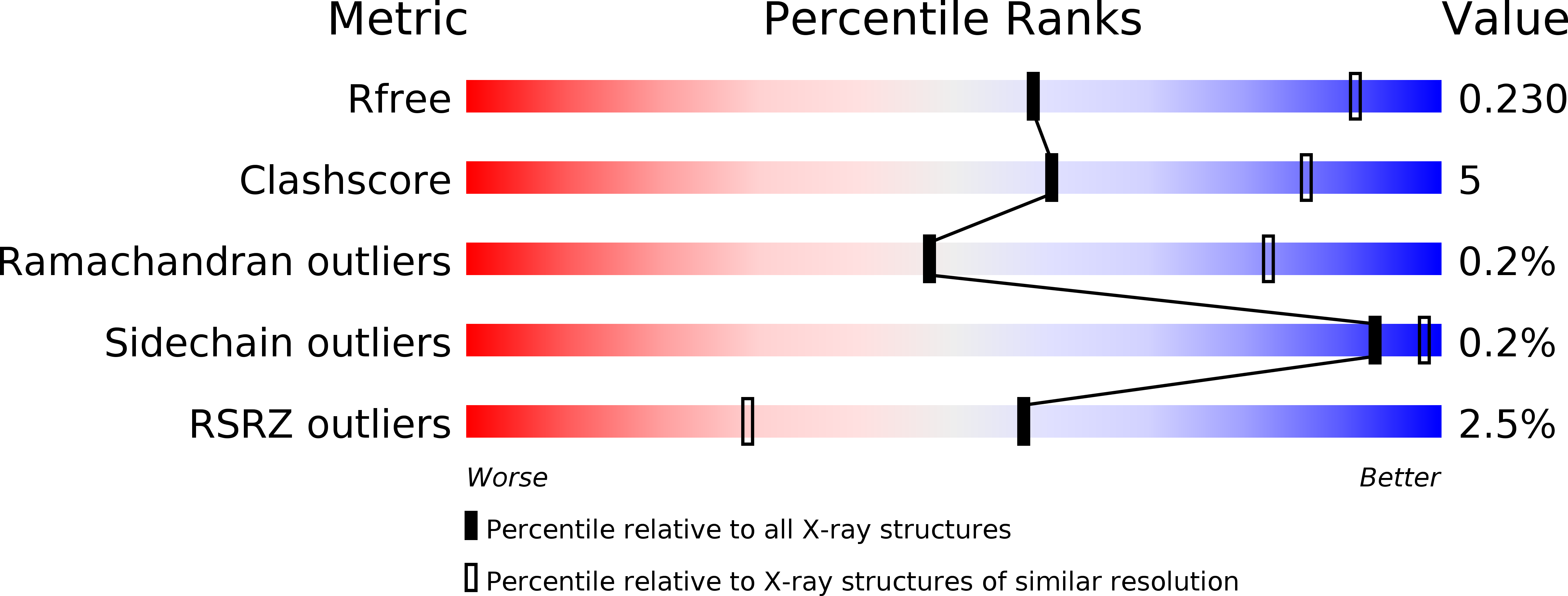
Deposition Date
2016-12-24
Release Date
2017-04-19
Last Version Date
2024-11-06
Method Details:
Experimental Method:
Resolution:
2.99 Å
R-Value Free:
0.22
R-Value Work:
0.19
R-Value Observed:
0.19
Space Group:
P 61


